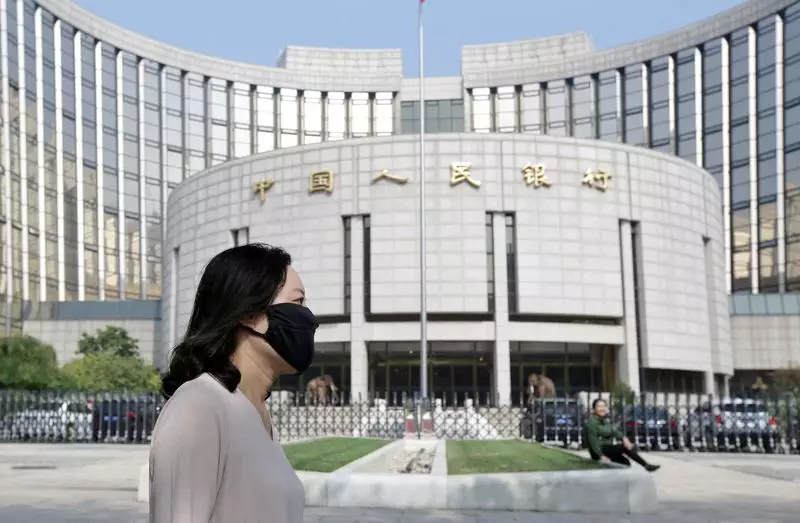In an effort to bolster its struggling economy, China has recently embarked on a series of ambitious policy initiatives aimed at stimulating domestic consumption and ensuring stable growth. As the nation grapples with challenges, including sluggish demand and the impending threat of increased U.S. trade tariffs, the government has articulated several strategies to address these pressing issues. This article delves into the key measures adopted by Chinese authorities, their implications, and the broader context of these economic maneuvers.
Expanding Trade-in Schemes and Digital Purchases
At the forefront of China’s economic revival agenda is the expansion of a consumer goods trade-in scheme, coupled with enhanced subsidies for digital purchases. By incentivizing consumers to trade in old goods for new products, the government aims to stimulate spending, particularly in the digital sector, where growth has been less pronounced. This initiative is expected to facilitate an influx of consumer activity, drawing households back into retail environments and rekindling interest in technology and innovation.
The decision to ramp up subsidies signifies a proactive approach to counteract the economic malaise plaguing various sectors. It reflects an understanding that consumer confidence is paramount for fostering a robust economy, particularly in the wake of pandemic-induced disruptions. A thriving consumer market is essential not just for current recovery but also for laying the foundation for sustainable growth in the years to come.
In conjunction with the trade-in scheme, China’s fiscal strategy outlines plans for an increased budget deficit, projected at 4% of the gross domestic product (GDP) for the upcoming year. The government has committed to issuing a historic amount of special treasury bonds—reportedly 3 trillion yuan ($409.19 billion)—in 2025 to support these initiatives. These fiscal measures indicate a willingness to adopt a less conservative economic posture in favor of stimulating demand and ensuring financial stability across various sectors.
Such steps are particularly essential in an environment marked by heightened global economic uncertainty. Establishing a resilient domestic economy can serve as a buffer against external shocks, especially with looming tariffs from the United States. The focus on bolstering internal demand through responsible spending can ultimately safeguard China’s economic interests and maintain its position as a global economic powerhouse.
Monetary policy has also experienced a significant reconfiguration, with the Chinese government recently implementing more accommodative measures. The transition from a “prudent” to an “appropriately loose” monetary policy signals a crucial shift in focus, tapping into the need for accessibility to credit and lower borrowing costs. Notably, the central bank’s decision to cut benchmark lending rates by 25 basis points demonstrates proactive steps toward injecting liquidity into the economy and encouraging borrowing.
This approach is complemented by a suite of measures designed to make movements in the financial market smoother. The introduction of targeted funding mechanisms—such as the 500 billion yuan swap program—aims to enhance liquidity for capital market players, thereby encouraging investment in shares and stabilizing stock performance. By decreasing reserve requirement ratios and promoting lower mortgage rates, the government aspires to reinvigorate the real estate market and drive consumer spending.
Recognizing the diverse challenges faced by various sectors, the Chinese government has also rolled out sector-specific initiatives, particularly aimed at the property market. Tax incentives for home and land transactions mark an essential effort to revive this critical segment of the economy, which has been significantly impacted in recent years. Moreover, strategies to increase funding for unfinished construction projects display the government’s commitment to alleviating financial pressures on developers whilst stabilizing housing prices.
As the economic landscape evolves, Chinese authorities appear determined to adopt a holistic approach towards growth, tackling issues from multiple angles. By addressing sector-specific predicaments while simultaneously ensuring overall economic stability through broad fiscal measures, the government seeks to create a conducive environment for sustainable growth.
China’s recent economic initiatives encapsulate a multi-faceted approach designed to catalyze consumer demand and maintain stable growth amid external pressures. The blend of expanded subsidies, fiscal flexibility, and targeted monetary measures illustrates an understanding that revitalizing the economy requires both immediate action and long-term planning. As 2025 approaches, the effectiveness of these policies will be put to the test, with the global economy and internal dynamics in constant flux. Whether these measures will suffice to rejuvenate growth remains to be seen, but the commitments made signal a determined effort to navigate through challenging waters.

